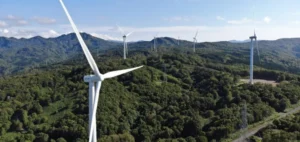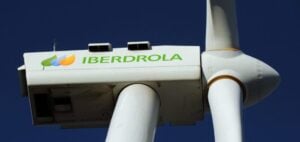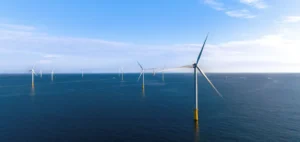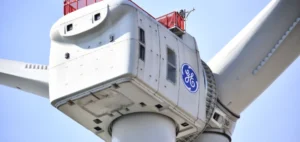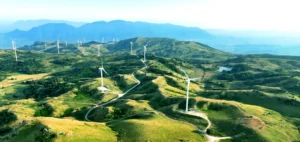DNV has published new research on the industry’s view of the growing offshore floating wind market and its potential for mass commercialization. The research, conducted with 244 developers, investors, manufacturers, advisors and operators from around the world, found that 60 percent believe floating offshore wind will be fully commercialized by 2035, and 25 percent believe it will be as early as 2030.
The potential of floating offshore wind energy
The signs for the success of floating offshore wind are promising. By 2023, 60% of wind revenue generating organizations are expected to increase their investments in offshore floating wind. According to DNV, by 2050, 15% of all installed offshore wind capacity will come from floating turbines.
Obstacles to overcome
The report indicates that in order to achieve these ambitious goals, there are obstacles to overcome. Governments can play a major role in making the market attractive for investment by establishing stable long-term policy and regulatory frameworks, and by adapting critical infrastructure such as networks and ports. The industry itself will have to consider cost reduction through standardization and further development.
Contract selection criteria
Full commercialization will depend in part on the investment potential of key markets. Market size was cited by 21% of respondents as the top criterion for selecting a market to invest in, followed by regulatory and policy stability (16%), and then power grid adequacy (12%).
Standardization, turbine size and industrialization
For the development of floating offshore wind, it is essential that the discounted cost of energy (LCOE) is reduced as much as possible and as quickly as possible. 21% of respondents believe that standardization (either through a reduction in the number of concepts or through the emergence of a preferred concept) will be the most important factor in reducing LCOE. This is followed by larger turbines and industrialization, closely followed by larger wind farms (allowing for economies of scale and greater installed capacity). Standardization was also mentioned by the sector as a key factor in reducing risk.
Supply chain challenges
Floating wind is a sub-sector of offshore wind that presents specific logistical challenges. While this type of renewable energy does not rely on sophisticated buildings like land-based offshore wind, it does require anchoring and mooring facilities. Experts say more anchors and moorings need to be installed over the next 10 years, which is a challenge for the industry.
The need for action
To meet these challenges, Magnus Ebbesen, head of Floating Offshore Wind for DNV, explains that the first generation of larger floating wind farms must be installed by 2030. According to DNV’s forecasts, about 300 GW of floating offshore wind will be installed worldwide over the next 30 years, requiring some 20,000 turbines. Each of these turbines will be mounted on floating structures weighing more than 5,000 tons and secured with as many mooring lines as it would be possible to go around the world twice by assembling them together.




